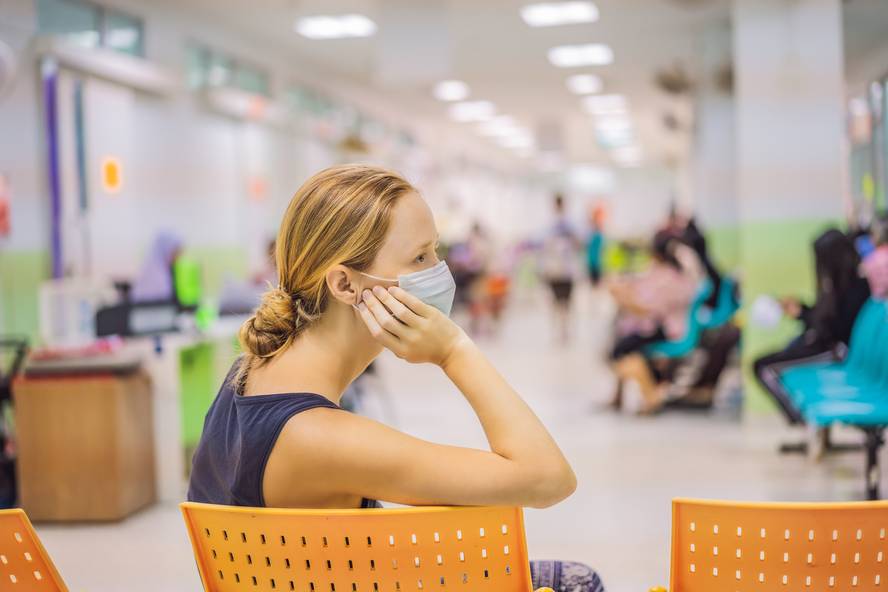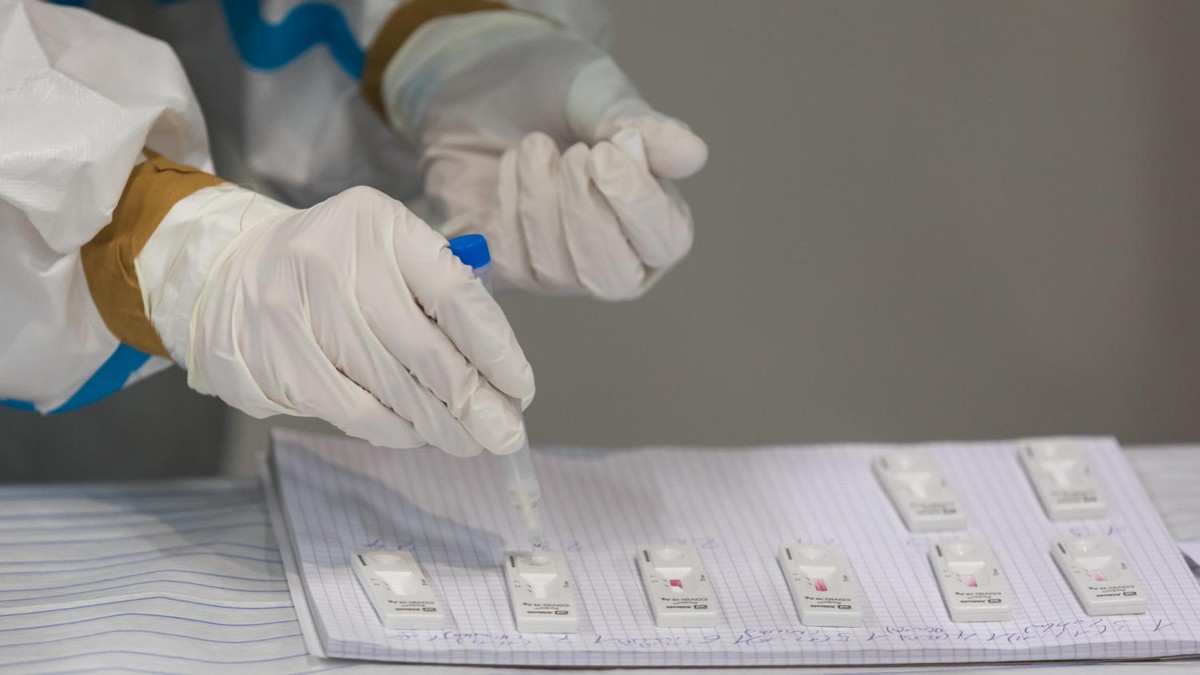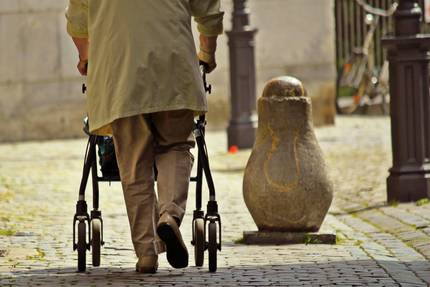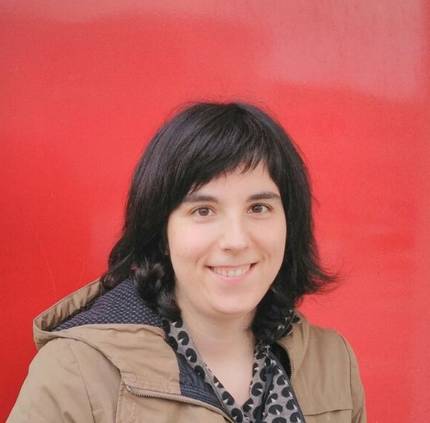Part B of COVID -19
Nieves Embade Urrutia, researcher at CIC Biogune’s Precision and Metabolism Medicine Laboratory, aims to identify compounds that can explain the differences between the different pathologies that people with permanent COVID suffer (urine, serum). The final objective is to obtain valid results in the clinic.
Patients with permanent COVID feel in the shade from the beginning. Embad confirms this: “In early 2020, some people experienced symptoms after being infected, some mild and others severe, even after three months. The symptoms were very varied and were new, that is, there were no symptoms before becoming infected. But, at that time, all the attention was focused on the acute disease, remaining in the shade”.
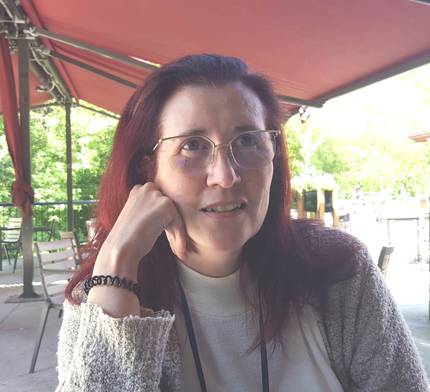
To make permanent COVID visible, it has been very important that the World Health Organization has recognized and defined it as a disease, as well as the work of associations created by patients, such as the Long Covid Association of the Basque Country. Embade collaborates with the latter.
He explained that 10% of those infected have a permanent COVID and that it is a very serious disease, not only because of its impact on the health of patients, but also because of its social and economic repercussions: “It causes multiple diseases in patients and makes them unable to lead a normal life. As a result, many have lost their jobs and others cannot work or do anything. And the majority, between 80 and 90%, are women, with a mean age of 42-43 years.” On the other hand, in some places it has been found that the socioeconomic situation and gender are important variables in the diagnosis and art of permanent COVID.
From the medical point of view, the etiology remains uncertain and patients are treated symptomatically in symptomatic specialties, instead of being cared for jointly or in coordination. This increases patient concerns, according to Embade: “The symptoms are multiple and are not continuous, often come and go, creating uncertainty in patients. Those who have cognitive or mental fog, for example, suffer a lot from it, because they don’t know when they’ll recover or to what extent.”
Now, in addition to local treatments, more systemic treatments are offered, such as antivirus and anti-inflammatory, and rehabilitation is offered to solve cognitive problems, with memory exercises and other capabilities. Some patients also receive psychological treatment. In any case, the ideal would be to create unique units that unite all aspects or at least establish systems that ensure coordination.
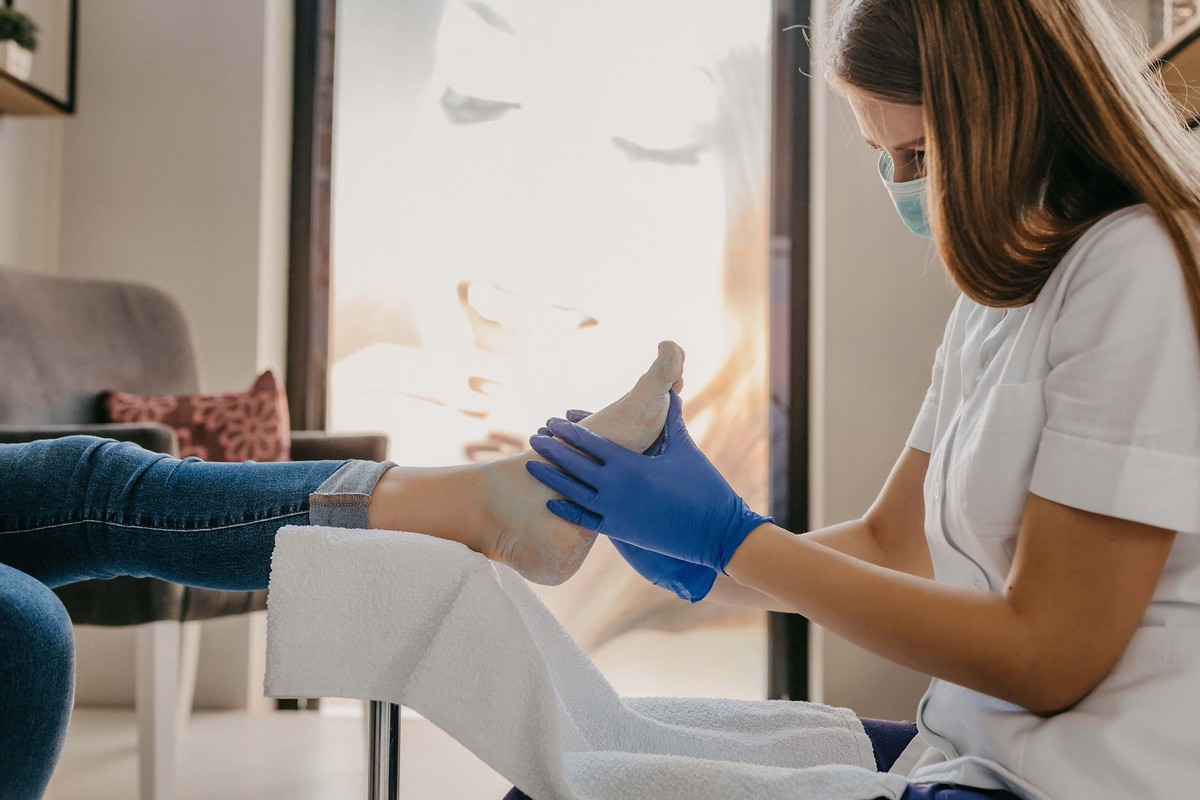
Beyond symptomatic treatments, to cure and perhaps prevent permanent COVID, it is essential to know how it is produced. And that's what Embade is trying to do. But it says clearly: “We are still a long way from this goal.”
Seeking the reasons for the permanent COVID
It explains that SARD-CoV-2 is not the only virus that causes chronic effects: “Herpes, cytomegalovirus, dirt and others can cause chronic syndromes. And we're seeing that it can also happen in coronaviruses. For example, the SARS–CoV-1 virus also produced respiratory disease, and between 10 and 15 years of its onset a study was conducted that confirmed the persistence of persistent symptoms in many of those infected.”
The plague of SARS–CoV-1 was limited, while SARS–CoV-2 is infecting a significant portion of the population in the form of waves and variety. The consequences that this may leave Embade very concerned: “Omicron has infected millions of people and it is yet to be seen how many of them will subsequently suffer persistent symptoms, even if the infection is mild or asymptomatic.”
However, considering that most patients with permanent COVID are middle-aged women, Embad believes that hormones may be related, but no clear evidence has yet been obtained. “Yes, it has been seen that many patients have virus in the reservoirs, for example in the digestive system. Sometimes viruses are not complete, but some parts are enough to react.”
Another explanation focuses on inflammation: “The SARD-COV-2 reaction would activate other viruses, usually non-pathogenic, present in the patient’s body. The immune system would overaffect them, as it has previously been neglected,” he explains.
And finally, the autoantibody hypothesis would be: “The infection would disrupt the immune system, detecting foreign bodies in any cell and producing antibodies against them. It's like autoimmune diseases." In fact, autoimmune diseases are more common in women than in men.
These are the three most cited hypotheses to explain the origin of permanent COVID, but there is no clear evidence of gambling with any of them in all cases. “It is not easy, especially because the pathologies are varied. This is precisely one of the things that surprises me the most: for example, a patient may have digestive problems one day, then he will suffer severe headaches for three days… It seems very hard”, he confesses.
Study of metabolites
To help these patients, Embad investigates the metabolites: “Metabolites are the end product of our body’s functioning. When the body functions properly, the usual metabolites are produced in normal amounts. However, when there is a pathology, the functioning changes and some metabolites, for example, disappear and others accumulate. It is a good system to know the functioning of the body, because it is quantifiable and also not genetic, that is, it is influenced by the environment: food, lifestyle, physical exercise…”
Thus, using nuclear magnetic resonance, biofluids are analyzed, specifically serum and urine. Before COITY-19, thanks to their collaboration with other centers, they had a large sample bank. Samples of infected and uninfected, and of course permanent COVID are now being collected and tested, comparing the results.
About 40 metabolites are quantified in serum. They are also able to identify lipoproteins, namely 114 fractions. “This is a very large amount,” Embad says. “In all of them, we look at whether there are differences between those with a permanent COVID and the others, and if there were differences, we might know which metabolic pathways are altered in a permanent COVID and, therefore, through which processes these metabolites occur.”
They have around 120 patients and it would be convenient for them to be more significant, especially due to the variety of symptoms. “It would be best to be able to make symptomatic comparisons to see if there is any relationship between metabolites and specific symptoms.” To this end, they are collaborating with the Biobank, Biocruces and Bioaraba and have the exchange of data and ideas with other centers. “If we saw that they have something in common, it would be a tremendous step towards treatment,” he says hopeful.
Psychological changes
One of the consequences that COIT-19 has left behind is the growth of psychological problems. The World Health Organization warned from the beginning that isolation, fear, uncertainty and the economic crisis could have a negative impact on mental health. It also identified risk groups: health workers, children and adolescents, women at risk of sexual violence, the elderly and people with previous mental problems. He predicted that if not adequately answered, the need for psychological support and the growth of suicides. This has been the case, as stated by the psychologist Nahia Idoiaga Mondragon.
He explains that the problem is structural. “Mental health has not been given importance and has been taboo for many years. And what happened? Well, the pot has exploded. We have been asked to stand by it, and many people have made an enormous effort to move forward, even if it is wrong, and now we have the bill.”
The economic situation must be added to the fear and uncertainty of the pandemic, as many have lost their jobs. In parallel, Idoiaga mentions custody responsibilities: “This responsibility has mainly fallen on women, and it has assumed and is an additional burden.”
So psychologists who work in the clinic are full of work. Idoiaga makes it clear: “We all lack tools, especially children and young people, but also adults. And in addition to tools, we don’t have mesh, we don’t have strainers.”
Elderly and young people
According to Idoiaga, at the beginning of the pandemic it was thought that the elderly would be more affected by the situations, as they were the ones with the highest risk of serious illness and death. However, research has shown greater harm to young people than to them and other research groups have produced the same result, both in the Basque Country and internationally.
According to Idoiaga, daily life has changed radically and they have less ability to face frustration. In children, you've also seen it. “During these two years they have been very protected and have not developed skills to overcome frustration. This is also seen in society. In addition, in the pandemic we have had a profoundly Helegentristic view and have not realized the consequences of the cuts. It should also be noted that sometimes they have had to suffer very harsh, senseless restrictions such as the closure of amusement parks.”
At the same time, social interactions have changed substantially, being especially important for the development of personality in children and young people. As a result, anxiety has spread considerably. On the other hand, Idoiaga considers that in the last two years there has been a bad emotional education: “We have also raised them with fear and accepted all measures and norms. And now they have no tools to deal with frustration and emotional deprivation.”
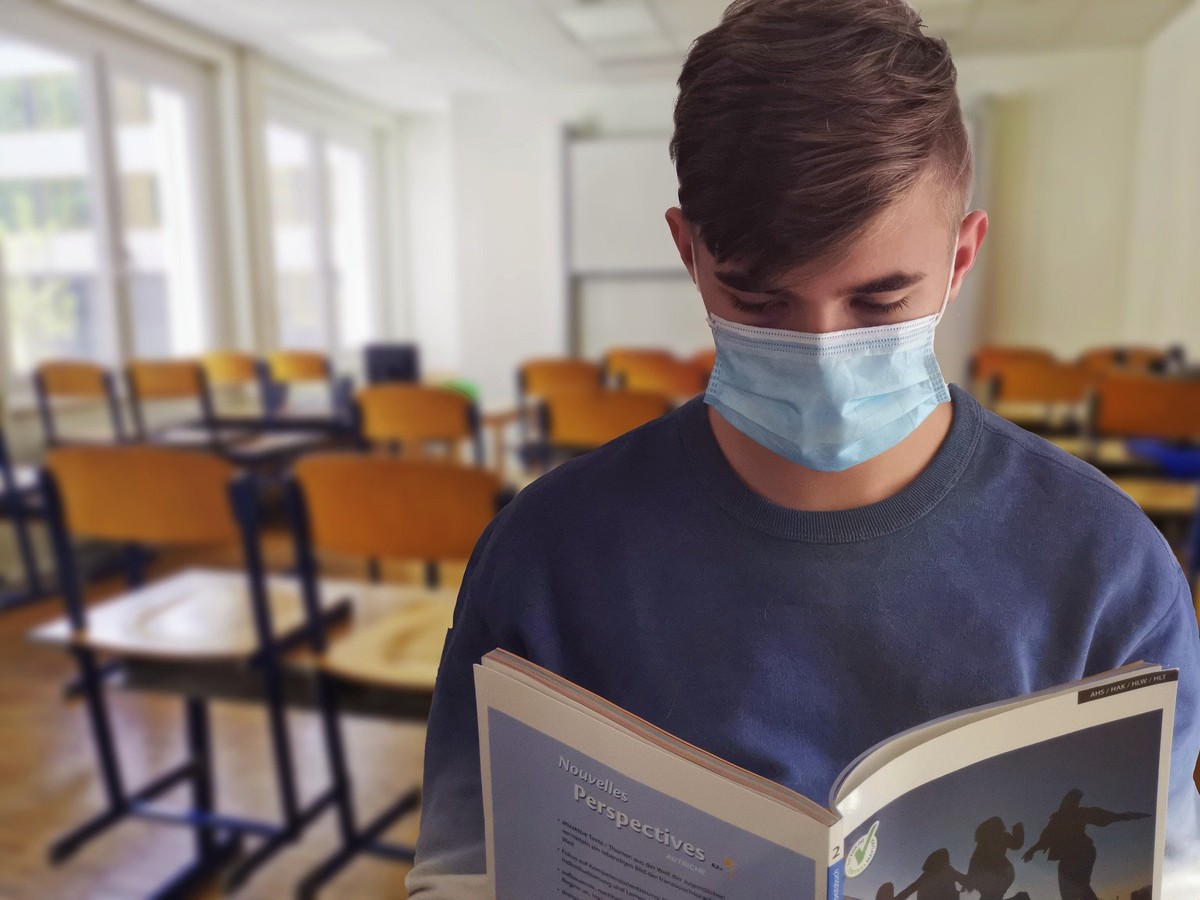
In any case, Idoiaga confirms that the deficiency is structural and responds to an obvious view of health: “Health is a state of physical, psychological and social well-being, but both in the pandemic era and in history, only the physical part has been attended to, forgetting the psychological and the social. It only grabs when the damage is already evident: an anxiety attack or a deep depression. There is no emotional education in schools, in homes, in the street, and mental problems remain taboo.”
The loss of Community networks is also significant for Idoiaga. Because today's society is more individualistic than the previous one, and young people, in addition, are behind screens. “They were in the street before, but now everyone is with their screen, and we have not educated them to share it through the screens and have a direct relationship between them.”

Mourning and loneliness
In the elderly, grief has been experienced very traumatically, especially at the beginning of the pandemic, and Idoiaga considers that he has not received sufficient assistance. This makes the incidence of PTSD relatively high. In addition to the elderly, there has also been a marked increase in the incidence of the disease among health and care workers at the beginning of the pandemic due to the severity of the situation and, above all, to fatigue and workload.
It also confirms that loneliness has caused a lot of damage. “The feeling of loneliness is ignored, although it has an enormous weight on the well-being of the person. It often hides because it's confused about living alone. And it has nothing to do with it, you can live with other people in the same house and feel lonely. And free time has not been preserved and many have lost their spaces of socialization. This collective care has been lost. But all this has been hidden.”
On the other hand, in nursing homes, measures have been implemented with a Helvety approach, not centered on the well-being of the elderly. They have thus had to endure unfair measures such as denying visits or authorising very little. “The center has been 25 to 65 years old. Why? Because they are productive within that age range.”
To save the wounds left by Pandemic, Idoiaga believes that we need guard networks that institutions should protect them, from giving work permits for caring for children or older at home to early care for young people who need psychological support. “In short, a mental problem seems to be a weakness or a failure, but it is like a physical problem, and it needs to be addressed in the same way, through public services and community surveillance and integrating social services.”



